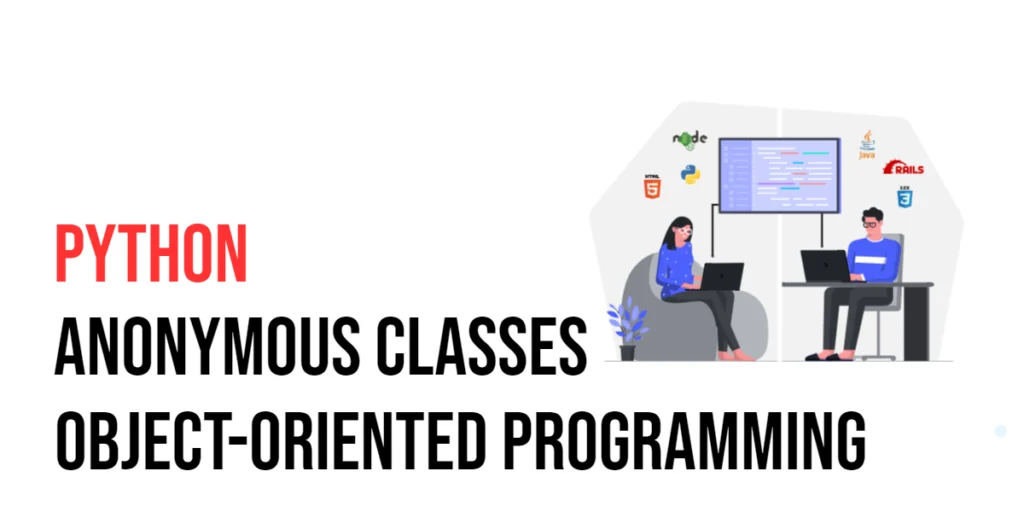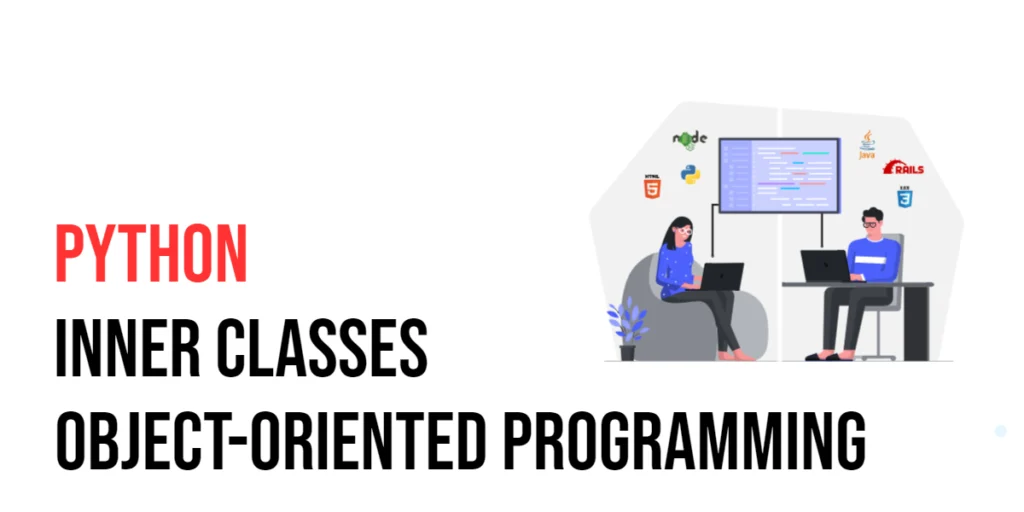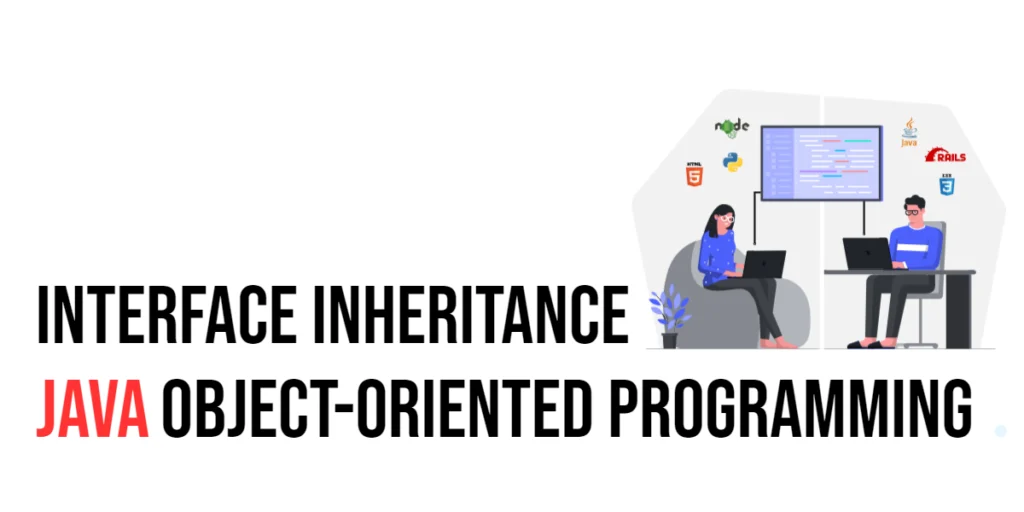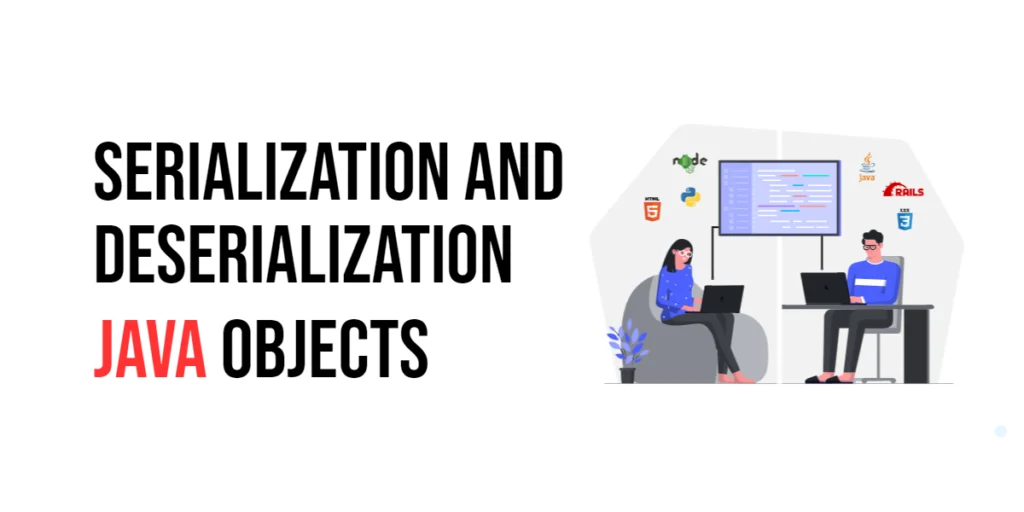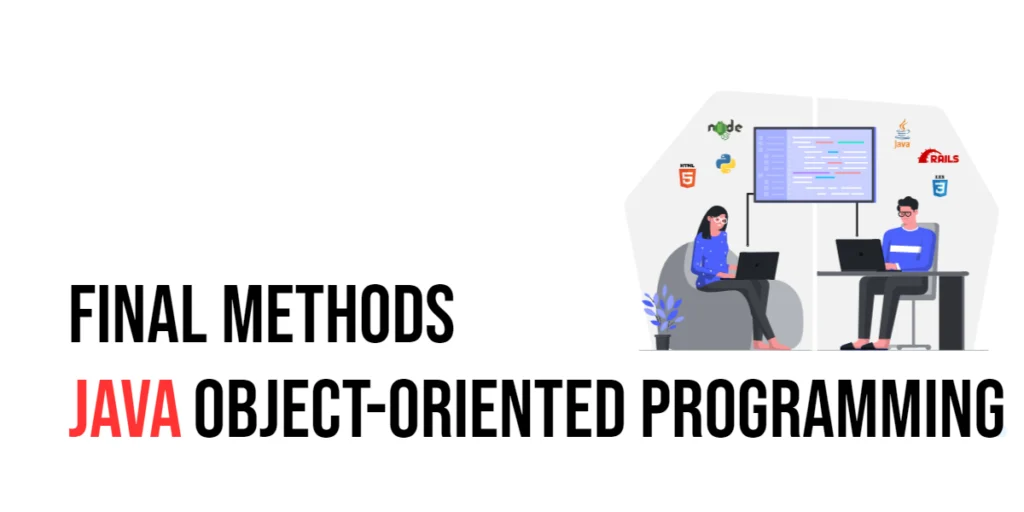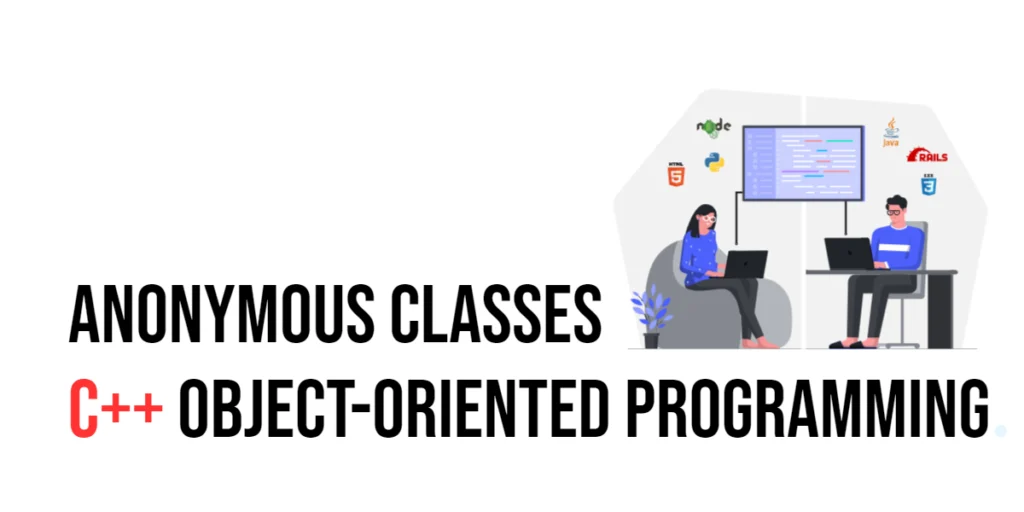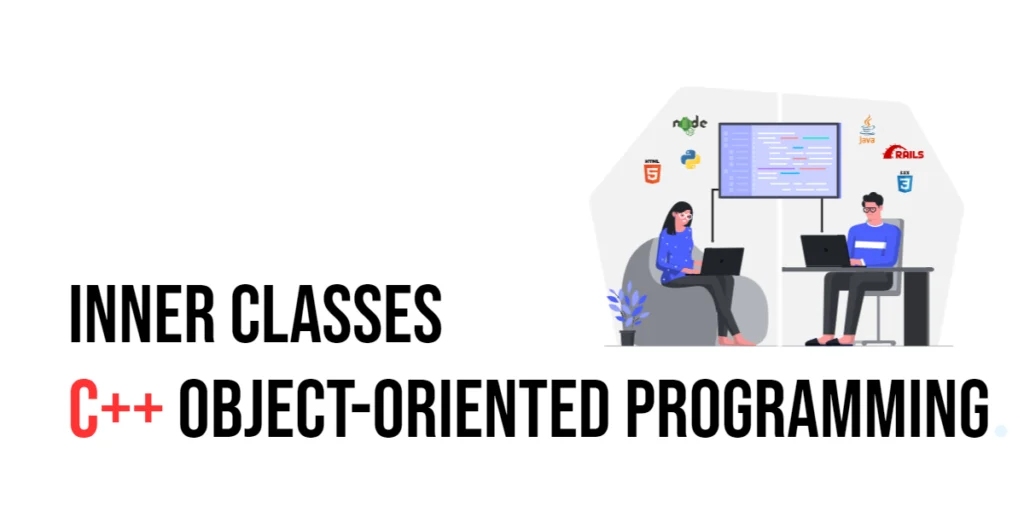Making HTTP POST Requests with Axios
When developing web applications, interacting with APIs to send data is a crucial task. HTTP POST requests are commonly used for this purpose, allowing you to submit data to be processed by a server. POST requests are integral to many functionalities, such as submitting forms, uploading files, and creating new resources. Axios, a popular JavaScript […]
Making HTTP POST Requests with Axios Read More »



